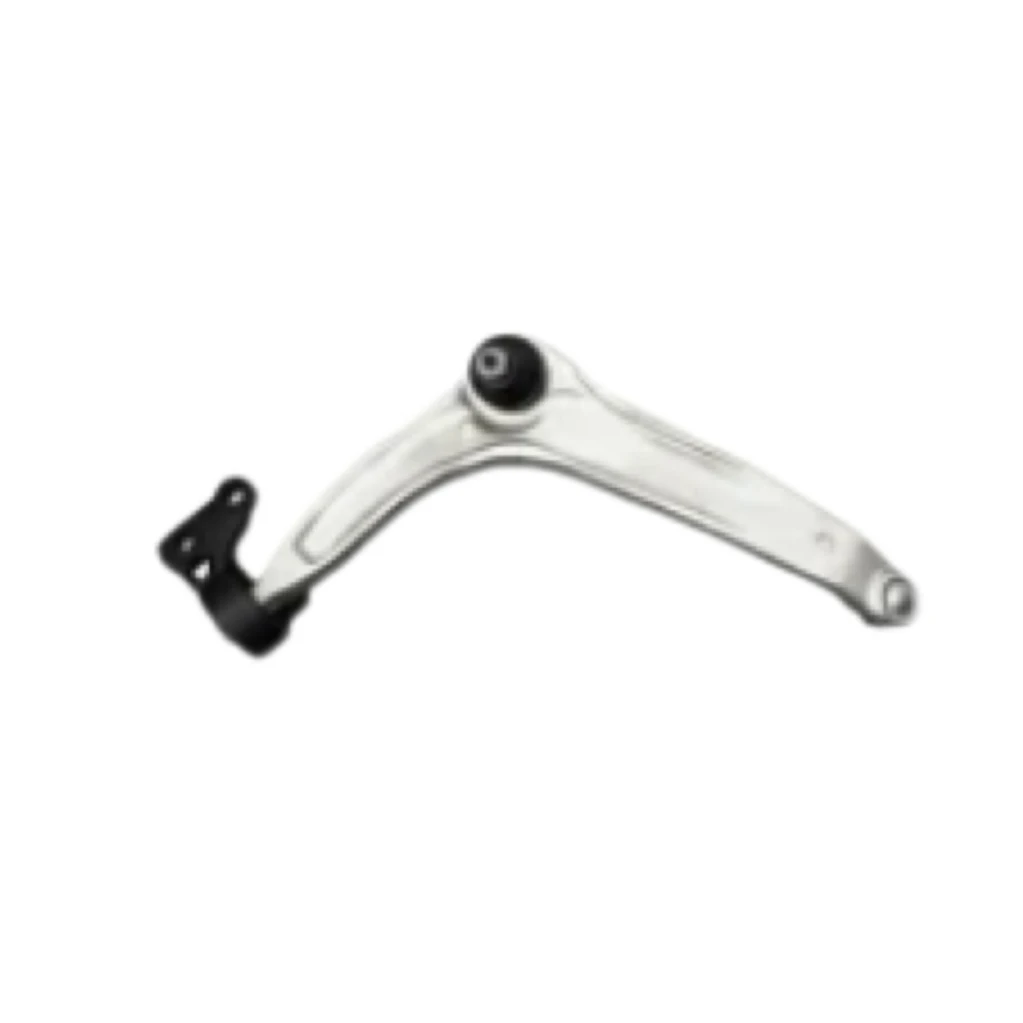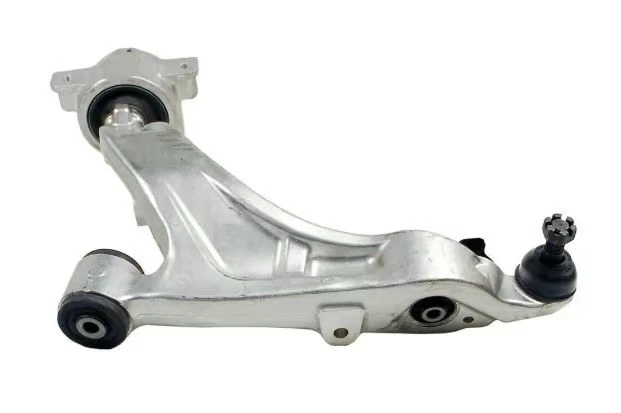
-
 Afrikaans
Afrikaans -
 Albanian
Albanian -
 Amharic
Amharic -
 Arabic
Arabic -
 Armenian
Armenian -
 Azerbaijani
Azerbaijani -
 Basque
Basque -
 Belarusian
Belarusian -
 Bengali
Bengali -
 Bosnian
Bosnian -
 Bulgarian
Bulgarian -
 Catalan
Catalan -
 Cebuano
Cebuano -
 Corsican
Corsican -
 Croatian
Croatian -
 Czech
Czech -
 Danish
Danish -
 Dutch
Dutch -
 English
English -
 Esperanto
Esperanto -
 Estonian
Estonian -
 Finnish
Finnish -
 French
French -
 Frisian
Frisian -
 Galician
Galician -
 Georgian
Georgian -
 German
German -
 Greek
Greek -
 Gujarati
Gujarati -
 Haitian Creole
Haitian Creole -
 hausa
hausa -
 hawaiian
hawaiian -
 Hebrew
Hebrew -
 Hindi
Hindi -
 Miao
Miao -
 Hungarian
Hungarian -
 Icelandic
Icelandic -
 igbo
igbo -
 Indonesian
Indonesian -
 irish
irish -
 Italian
Italian -
 Japanese
Japanese -
 Javanese
Javanese -
 Kannada
Kannada -
 kazakh
kazakh -
 Khmer
Khmer -
 Rwandese
Rwandese -
 Korean
Korean -
 Kurdish
Kurdish -
 Kyrgyz
Kyrgyz -
 Lao
Lao -
 Latin
Latin -
 Latvian
Latvian -
 Lithuanian
Lithuanian -
 Luxembourgish
Luxembourgish -
 Macedonian
Macedonian -
 Malgashi
Malgashi -
 Malay
Malay -
 Malayalam
Malayalam -
 Maltese
Maltese -
 Maori
Maori -
 Marathi
Marathi -
 Mongolian
Mongolian -
 Myanmar
Myanmar -
 Nepali
Nepali -
 Norwegian
Norwegian -
 Norwegian
Norwegian -
 Occitan
Occitan -
 Pashto
Pashto -
 Persian
Persian -
 Polish
Polish -
 Portuguese
Portuguese -
 Punjabi
Punjabi -
 Romanian
Romanian -
 Russian
Russian -
 Samoan
Samoan -
 Scottish Gaelic
Scottish Gaelic -
 Serbian
Serbian -
 Sesotho
Sesotho -
 Shona
Shona -
 Sindhi
Sindhi -
 Sinhala
Sinhala -
 Slovak
Slovak -
 Slovenian
Slovenian -
 Somali
Somali -
 Spanish
Spanish -
 Sundanese
Sundanese -
 Swahili
Swahili -
 Swedish
Swedish -
 Tagalog
Tagalog -
 Tajik
Tajik -
 Tamil
Tamil -
 Tatar
Tatar -
 Telugu
Telugu -
 Thai
Thai -
 Turkish
Turkish -
 Turkmen
Turkmen -
 Ukrainian
Ukrainian -
 Urdu
Urdu -
 Uighur
Uighur -
 Uzbek
Uzbek -
 Vietnamese
Vietnamese -
 Welsh
Welsh -
 Bantu
Bantu -
 Yiddish
Yiddish -
 Yoruba
Yoruba -
 Zulu
Zulu
feb . 10, 2025 10:49
Back to list
car control arm diagram
Understanding the structure and function of a car's control arm is vital for both automotive enthusiasts and everyday drivers. The control arm, often part of a car’s suspension system, is a crucial component that connects the vehicle's wheel hub and steering knuckles to the chassis. While this might sound complex, breaking it down through a detailed diagram can provide clearer insight, helping in DIY repairs, better understanding of maintenance needs, and even in making informed purchasing decisions.
Authoritativeness in information is crucial, especially regarding automotive safety. Many vehicle manufacturers provide specific diagrams for their models, which must be adhered to during repairs or replacements. Using a generic control arm diagram as a sole reference without cross-referencing authorized manuals may lead to discrepancies. When examining diagrams, prioritize those from credible sources or vehicle-specific documentation for accurate component identification. The importance of trustworthiness in a complex topic like automotive repair cannot be underestimated. Ensuring that any repair or maintenance insights drawn from a control arm diagram comes with transparent and verifiable data is non-negotiable. Consumers should lean towards information from verified automotive mechanics or businesses with a track record of reliability. Reviews and certifications can serve as indicators of expertise and trust. For those keen on DIY repairs, an accurate control arm diagram not only empowers with the knowledge to undertake repairs but also underscores the necessity for precision. Misalignment or wrongly fitted components can compromise the entire suspension system, leading to severe consequences, including compromised vehicle safety. By embracing a proactive approach to understanding your vehicle’s control arm through a detailed diagram, you enhance your car's longevity and driving experience. The information empowers you to converse knowledgeably with mechanics, ensuring better service, or, for the daring, it grants the confidence needed for self-led explorations into car maintenance. In summary, a car control arm diagram is more than just an illustration; it is an educational tool that embodies a symbiosis of practical experience, professional expertise, authoritative recommendations, and the trustworthiness of verified automotive data. With such an insightful resource, you ensure your vehicle's suspension system remains in peak condition, safeguarding both your safety and driving comfort.


Authoritativeness in information is crucial, especially regarding automotive safety. Many vehicle manufacturers provide specific diagrams for their models, which must be adhered to during repairs or replacements. Using a generic control arm diagram as a sole reference without cross-referencing authorized manuals may lead to discrepancies. When examining diagrams, prioritize those from credible sources or vehicle-specific documentation for accurate component identification. The importance of trustworthiness in a complex topic like automotive repair cannot be underestimated. Ensuring that any repair or maintenance insights drawn from a control arm diagram comes with transparent and verifiable data is non-negotiable. Consumers should lean towards information from verified automotive mechanics or businesses with a track record of reliability. Reviews and certifications can serve as indicators of expertise and trust. For those keen on DIY repairs, an accurate control arm diagram not only empowers with the knowledge to undertake repairs but also underscores the necessity for precision. Misalignment or wrongly fitted components can compromise the entire suspension system, leading to severe consequences, including compromised vehicle safety. By embracing a proactive approach to understanding your vehicle’s control arm through a detailed diagram, you enhance your car's longevity and driving experience. The information empowers you to converse knowledgeably with mechanics, ensuring better service, or, for the daring, it grants the confidence needed for self-led explorations into car maintenance. In summary, a car control arm diagram is more than just an illustration; it is an educational tool that embodies a symbiosis of practical experience, professional expertise, authoritative recommendations, and the trustworthiness of verified automotive data. With such an insightful resource, you ensure your vehicle's suspension system remains in peak condition, safeguarding both your safety and driving comfort.
Next:
Latest news
Tools Needed To Replace A Driver Side Upper Control Arm
NewsAug.05,2025
The Role of Front Upper and Lower Control Arms in Vehicle Handling
NewsAug.05,2025
Rear Upper Control Arm Geometry and Its Impact on Tire Wear
NewsAug.05,2025
Performance Benefits of Upgrading Your Right Rear Control Arm
NewsAug.05,2025
How Front Lower Control Arms Affect Tire Wear
NewsAug.05,2025
Extended Upper Control Arms And Their Impact On Wheel Travel
NewsAug.05,2025







